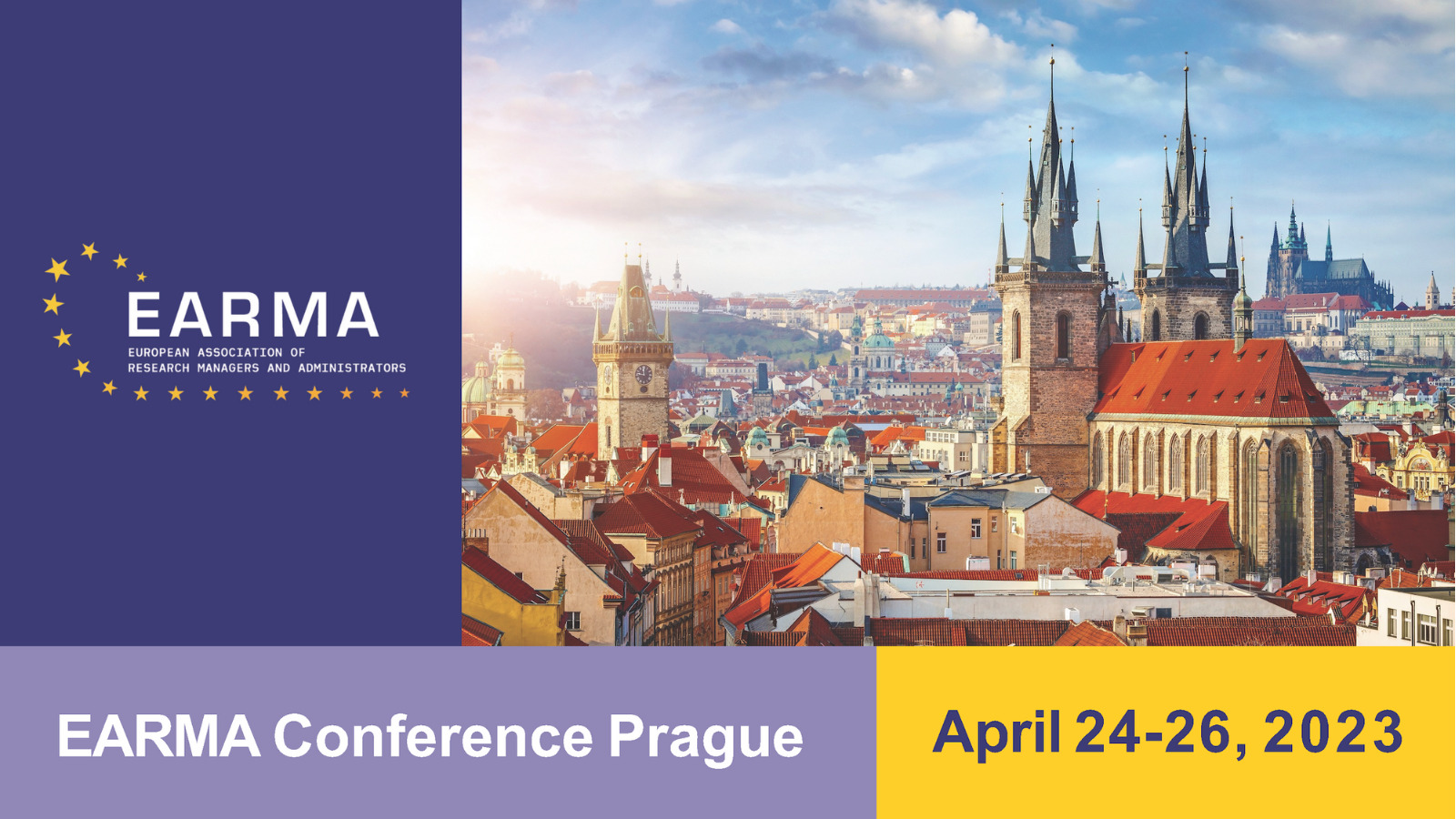Mind the Map – A kit to make structures visible!
Visualising our collaborations as RMAs in hierarchical research institutions
Conference
Format: Fifteen-Minute Discussion Tables
Topic: Professional Development and Recognition
Session: 🟣 15-min Discussion Tables with José Santos, Monique Horstmann and Olaf Svenningsen
Wednesday 26 April 12:45 p.m. - 1:45 p.m. (UTC)
Abstract
As research managers and administrators, we collaborate daily with people in different roles within and outside our institutions. Structures, in general, are inevitable when people come together – and particularly when they work together. At our workplaces, we operate in particular roles in these hierarchical settings that regulate the forms of collaboration. These hierarchies – be they institutional in nature or stemming from individuals’ differing expertise – may take supportive, neutral, or oppressive forms. Identifying them is the first step in building healthy work relationships and ensuring egalitarian participation.
In this session, we shortly introduce an exercise to visualise collaborations and the hierarchies that regulate them. We will outline relevant terminology, present a model for categorising hierarchies, and encourage participants to evaluate the power balance present in each collaboration. The participants are hence invited to think of, share, and visualise their position as RMAs in their working environment. By making us aware of our roles within the system and highlighting any possible patterns in how we experience collaboration, we may challenge the structures we work in and cause transformation. At the round table, we wish to open the discussion on how we could establish new de-centralised forms of organisation that are egalitarian, inclusive, and participatory.
To 'mind the map' is a way of making the structures we work in explicit. Over the past year, we have already gained experiences in mapping hierarchies by organising interactive workshops both on organisational level at the University of Helsinki and on national level among RMA colleagues from other institutions. Visualisation and the discussions that followed showed us that there is a necessity to engage with our roles as RMAs. Tasks, power, and resources may be evenly or unevenly distributed over members of a group as they have different sets of skills, capacities, needs, intentions, expertise, and backgrounds. Acknowledgement of these differences is crucial to build trustful relationships in our working environment, which further ensures the recognition of RMAs as professionals in research institutions.

